Blog
Explore the Power of Lithium Innovation
Stay updated with the latest trends, technologies, and application insights in the world of lithium battery solutions
Search the whole station
Explore the Power of Lithium Innovation
Stay updated with the latest trends, technologies, and application insights in the world of lithium battery solutions
From everyday portable electronics to complex industrial instruments, battery technology serves as a core element in ensuring the smooth operation of various devices. The li-ion 18650 battery 3.7V 2200mAh, a common model, finds wide application across multiple fields. At the same time, superior-performing variants, such as the Apsenx 18650 2300mAh battery, continue to emerge in the market, offering users more efficient options.
The name “18650” directly reflects the battery’s size specifications. The “18” refers to the battery’s diameter of 18 millimeters, the “65” indicates the battery’s length of 65 millimeters, and the final “0” identifies the battery as cylindrical. Manufacturers mainly divide common 18650 batteries into lithium-ion batteries and lithium iron phosphate (LiFePO4) batteries.
3.7V 2200mAh battery, which we focus on here, belongs to the lithium-ion category. It provides a nominal voltage of 3.7V and reaches a charging cutoff voltage of 4.2V. Its 2200mAh capacity means the battery delivers a specific amount of charge under certain conditions. This capacity level commonly appears in 18650 batteries and offers stable power support for many devices.

High Energy Density and Large Capacity
Li-ion 18650 battery 3.7V 2200mAh delivers a high energy density, meaning it stores a significant amount of energy in a relatively small volume and weight. Compared to some traditional batteries, its 2200mAh capacity offers a clear advantage by providing longer runtime for devices. For example, in portable lighting devices like powerful flashlights, this battery ensures several hours of bright illumination, meeting the needs of outdoor adventures, emergency lighting, and other scenarios. In the power bank industry, manufacturers often combine multiple 3.7V 2200mAh 18650 batteries to charge mobile devices like smartphones and tablets multiple times, alleviating users’ concerns about battery life while on the go.
Longer Service Life
These batteries typically deliver a cycle life of over 500 cycles, and some high-quality products even reach higher cycle counts. This means that, under normal use and proper charging and discharging conditions, users can reuse the battery for a long time without experiencing significant capacity degradation. For example, many early laptops relied on 18650 battery packs. After years of daily use, users who perform proper maintenance can still retain a certain level of battery life, which saves them the cost and time of replacing the battery.
Higher Safety
To prevent short-circuiting, the 18650 lithium-ion battery separates the positive and negative terminals in its design, which reduces the risk of a short circuit. Additionally, manufacturers add a protection board to effectively safeguard the battery from overcharging and over-discharging. When the battery voltage reaches the charging cutoff voltage of 4.2V, the protection board automatically cuts off the charging circuit. When the voltage drops to the discharge cutoff voltage (typically 2.75V), the protection board halts discharge, which prevents battery damage from excessive charge/discharge cycles. This design enhances safety during use and also extends the battery’s lifespan. Furthermore, the 18650 lithium-ion battery uses non-toxic, non-polluting materials and meets RoHS and other environmental certifications, which aligns with modern society’s demand for eco-friendly products.
Voltage Advantage
With a nominal voltage of 3.7V, the 18650 battery provides a significantly higher voltage compared to nickel-cadmium (NiCd) and nickel-metal hydride (NiMH) batteries, which typically operate at 1.2V. This higher voltage allows devices using 18650 lithium-ion batteries to achieve higher operating voltages with the same number of cells, thereby improving performance. For example, in certain power tools, the higher voltage enables the motor to output greater power, which enhances the tool’s efficiency and torque, and makes tasks like drilling and sanding smoother and more efficient.
No Memory Effect
Unlike NiMH batteries, the lithium-ion 18650 battery exhibits no memory effect. This means users don’t need to fully discharge the battery before recharging. They can recharge it at any time, which significantly improves convenience. Whether the battery remains half-empty or at any other charge level, users can recharge it without negatively impacting its capacity or performance. This flexibility aligns with the fast-paced lifestyle and convenience needs of modern users.
Portable Electronic Devices
The 18650 battery appears almost everywhere in our daily lives. In portable electronic devices such as smartphones, tablets, and MP3 players, manufacturers may not directly use 18650 cells, but they rely on the lithium-ion battery technology that the 18650 battery represents. In some smaller portable devices, such as e-cigarettes and wireless earbud charging cases, designers directly use the 18650 battery due to its standardized size and excellent performance. This battery provides stable power to these devices and ensures their normal operation.
Lighting Devices
Powerful flashlights represent one of the typical application scenarios for the 18650 battery. The 3.7V 2200mAh battery delivers a strong and long-lasting light source for the flashlight, fulfilling the lighting needs of outdoor adventurers in dark environments. Additionally, in products such as emergency lighting fixtures and miners’ lamps, manufacturers choose the 18650 battery—with its high capacity, long lifespan, and stability—as an ideal power source to ensure reliable lighting during emergencies.
Power Tools
Power tools such as electric screwdrivers, drills, and saws require strong and stable power support. When manufacturers combine the 3.7V 2200mAh lithium-ion 18650 batteries into battery packs, they provide high voltage and large current to power the motors efficiently, enabling users to complete high-intensity tasks. Moreover, the battery’s excellent cycle life withstands the frequent use and charge/discharge cycles typical of power tools, which reduces the hassle of frequently replacing batteries due to short lifespans.
Energy Storage Devices
In fields such as solar energy storage systems and small wind power energy storage units, the 18650 battery plays an important role. These batteries store the electricity generated from solar or wind energy and release it when needed, providing power for small electrical devices in homes and remote areas. By connecting multiple 3.7V 2200mAh batteries in series or parallel, manufacturers can adjust the voltage and capacity of the energy storage system according to actual needs, thereby meeting energy storage requirements in various scenarios.

In the 18650 battery market, Apsenx’s 18650 2300mAh battery stands out with its exceptional performance. Compared to the traditional 3.7V 2200mAh 18650 battery, Apsenx has increased the capacity to 2300mAh. This means that devices using the Apsenx 18650 2300mAh battery can achieve longer runtime under the same usage conditions. For example, in the same high-power flashlight, the Apsenx battery can extend the illumination time by around 10%–20%, providing outdoor workers and enthusiasts with more lasting lighting support.
In terms of energy density, Apsenx optimizes the battery through advanced technologies and materials, achieving higher energy density while maintaining the standard 18650 size. This not only improves the overall performance of the battery but also reduces the device’s weight, which is important for portable devices that are sensitive to weight.
Apsenx maintains strict production processes and quality control to ensure that each battery delivers stable and reliable performance. Its products also excel in safety, cycle life, and other areas, and they pass multiple rigorous international certifications, offering users a high-quality, high-performance battery option. Whether manufacturers use the battery for new device configurations or upgrades to existing devices, the Apsenx 18650 2300mAh battery demonstrates significant advantages.

The 3.7V 2200mAh li-ion 18650 battery, with its standardized size, outstanding performance, and wide range of applications, has become a key player in the modern battery market. Its features, such as high energy density, long lifespan, safety, voltage advantages, and no memory effect, meet the demands of numerous electronic devices and use cases. Meanwhile, Apsenx 18650 2300mAh battery, as an innovative product in the market, offers users a superior option through increased capacity, optimized energy density, and strict quality control, further advancing 18650 battery technology.
18650 battery technology will continue to innovate, and in the future, manufacturers will develop products with higher capacities, longer lifespans, enhanced safety, and greater environmental friendliness, providing stronger and more reliable energy support for our lives and various industries. Whether in personal consumer electronics or broader fields like industrial applications and energy storage, the 18650 battery will continue to play an essential role.
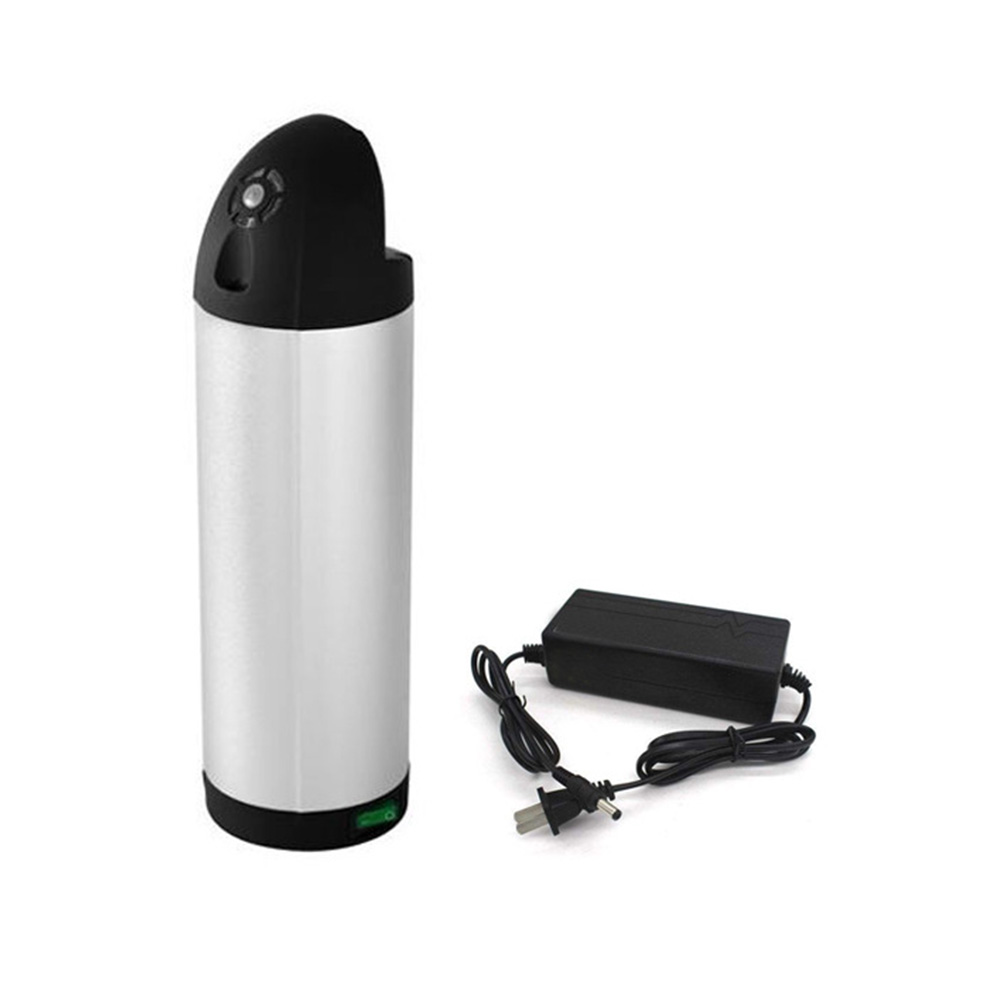
High-performance 36V 10Ah water bottle lithium battery for electric bikes. Lightweight 3.5kg, fast charging in 1.5–2 hours, safe & durable with up to 500 cycles. Ideal for commuting and long rides.
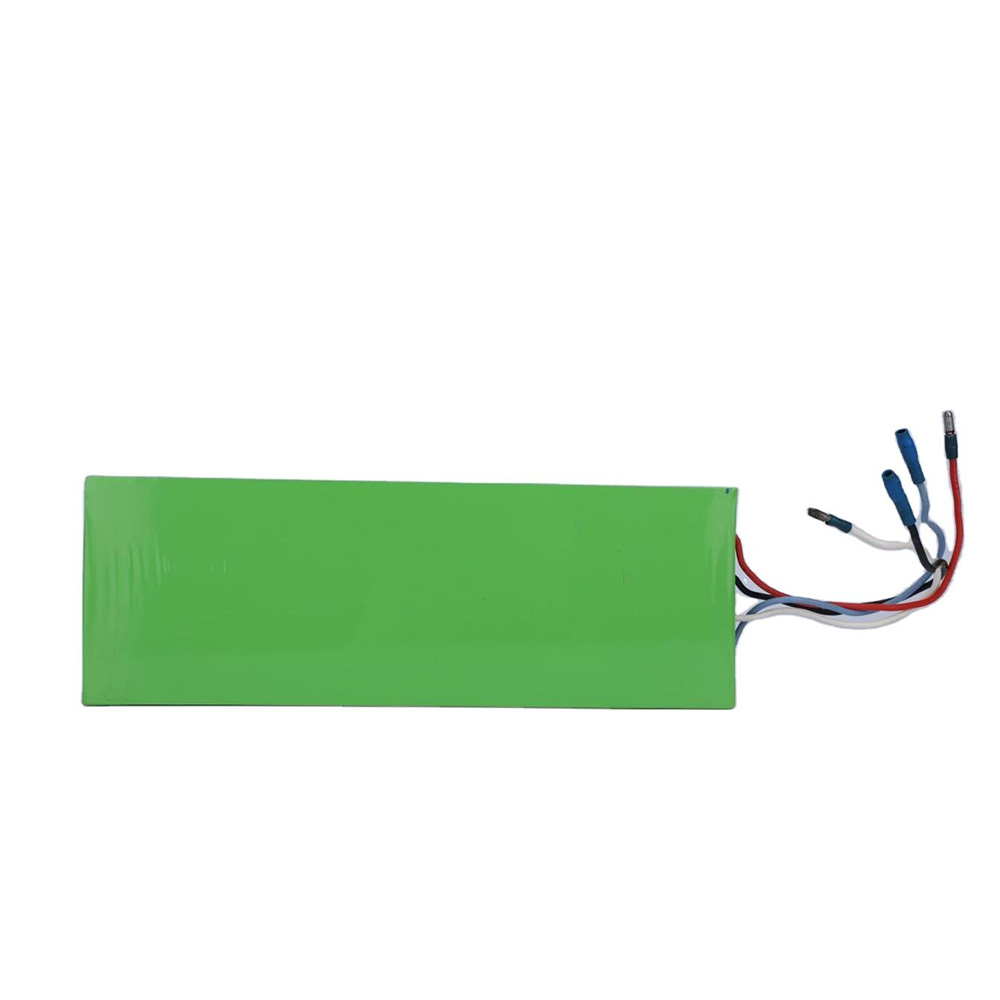
high-performance 18650 Battery 4000mAh, offering stable 24V power and deep cycle support. Perfect for electric scooters, power tools, and energy storage systems. Built-in safety protections ensure long-lasting, reliable performance.
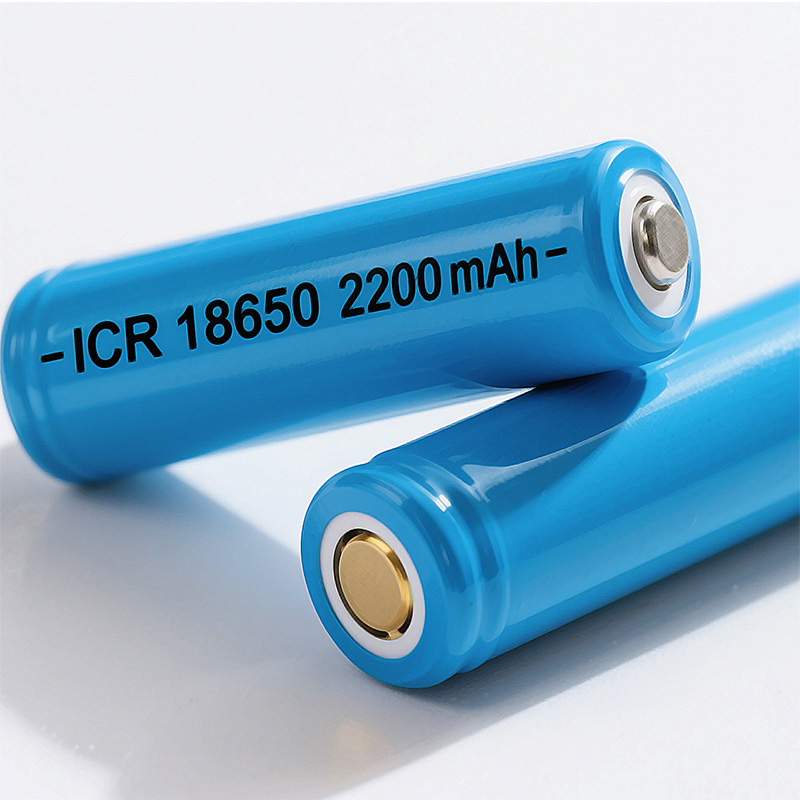
Wholesale ICR 18650 2200mAh 3.7V lithium batteries with optional customized packs. Supports external wiring and various wire leads to meet your project-specific needs.

18650 3.7V 1500mAh lithium-ion rechargeable batteries from China, ideal for flashlights, power banks, electric tools, and more. High capacity, long cycle life, full safety features, and customizable OEM/ODM services. Fast global shipping available.
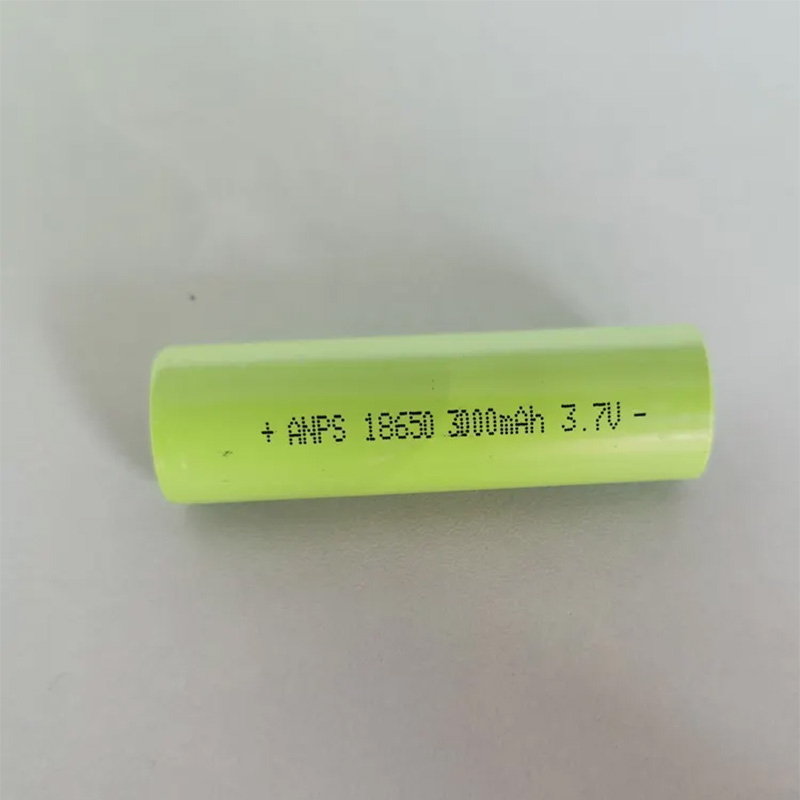
Top-quality 18650 3.7V 3000mAh lithium-ion batteries ideal for electric scooters, power tools, cameras, and more. Long cycle life, stable performance, and customizable options. Fast shipping worldwide. OEM & ODM services available.

High-quality 18650 3.7V 2300mAh lithium ion batteries perfect for flashlights, vape mods, electric scooters, and power banks. Long cycle life, built-in safety features, and flexible OEM/ODM customization available. Fast shipping and competitive pricing for wholesale buyers.

Buy high-quality 18650 3.7V 3300mAh rechargeable lithium-ion batteries ideal for smartphones, tablets, power banks, and electronic devices. Durable, safe, and customizable with built-in protections. OEM & ODM services available. Fast shipping for wholesale orders.
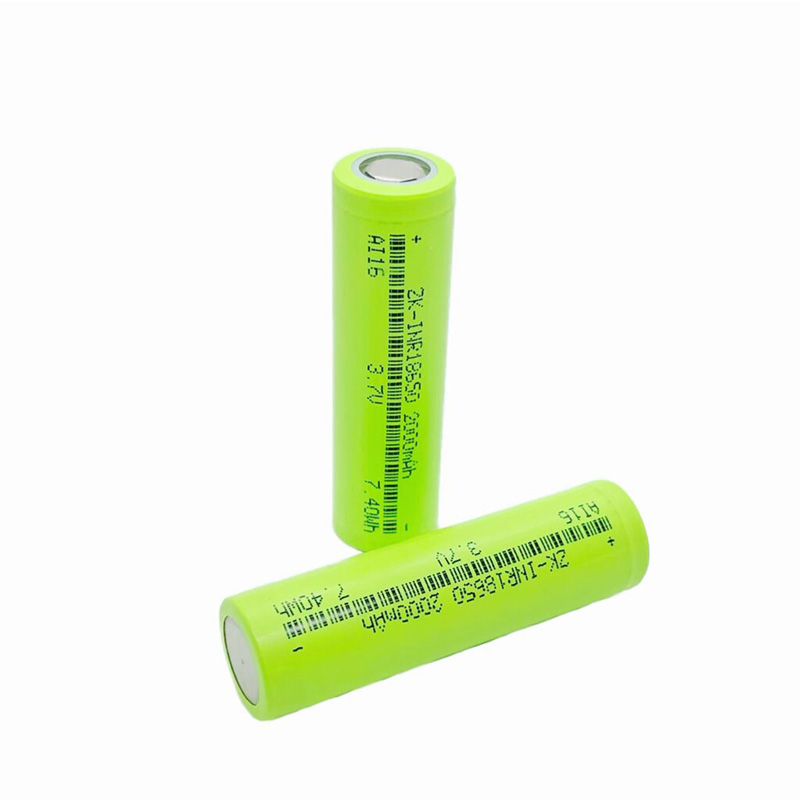
China-made 18650 2000mAh 3.7V lithium-ion batteries, perfect for laptops, power tools, and electric vehicles. Reliable, safe, rechargeable with customization options. Wholesale pricing and fast delivery.
Learn how to safely replace your drone battery. Step-by-step tips for DJI Mini 2, Mini 3, Mini 4K, and more. Maximize flight time and keep your drone flying smoothly.
View detailsLearn why 18650 lithium cells are the preferred power solution for electric scooters. Explore key specs, quality evaluation, supplier selection, and procurement tips.
View detailsDiscover the different types of drone batteries—LiPo, lithium, NiMH, and SLA. Learn their advantages, disadvantages, and best application scenarios for RC drones and custom UAVs.
View detailsAfter building multiple off-grid and RC projects, I’ve found the 3S7P lithium battery pack offers the sweet spot between voltage stability and massive capacity — here’s how I use it.
View details
HelloPlease log in